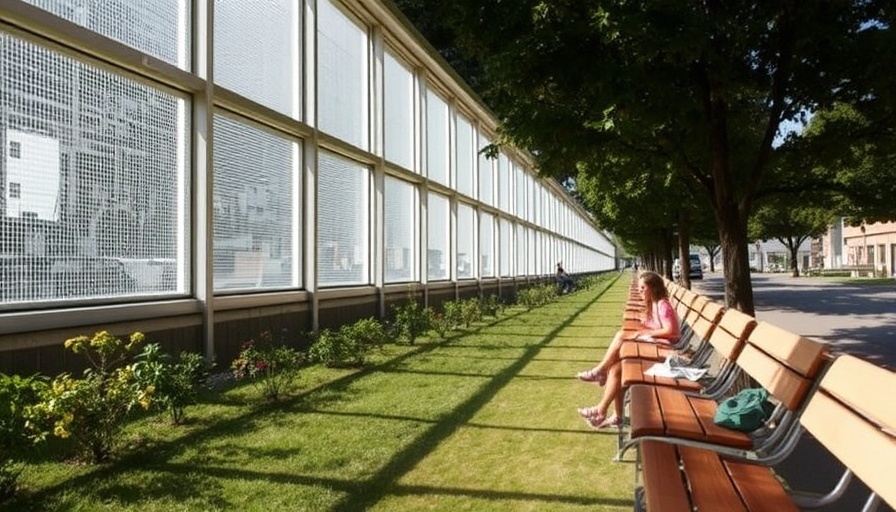
The Stark Reality of Rising CO2 Levels
For the first time in millions of years, our planet's atmosphere has reached a startling level of carbon dioxide concentration—430.2 parts per million (ppm), as measured by NOAA's Mauna Loa Observatory in May 2025. This figure reflects a sharp increase of 3.5 ppm compared to the previous year. Ralph Keeling, director of the Scripps CO2 Program, aptly describes this phenomenon as 'sad,' a sentiment echoed by many environmentalists who see this record as an alarming indicator of climate change.
Understanding the Causes Behind Rising CO2 Levels
The surge in CO2 levels is primarily driven by human activities, especially the burning of fossil fuels. As we continue to rely on coal, oil, and natural gas for energy, we exacerbate the greenhouse effect, which is now more critical than ever. It’s essential for prospective homebuyers and property investors in Dumfries to recognize how this environmental shift could impact real estate values and market dynamics in the future.
Environmental Implications for Property Markets
The implications of rising CO2 levels extend beyond just climate statistics; they can significantly influence property markets. Homebuyers and investors should consider that properties located in environmentally vulnerable areas (such as low-lying regions prone to flooding) may face declining value as climate change impacts intensify. Investing in homes with sustainable features or in eco-friendly neighborhoods not only caters to current market trends but may also safeguard against future real estate pitfalls.
What This Means for the Average Homebuyer
As climate change becomes an increasingly pressing issue, homebuyers are urged to consider sustainability when making property decisions. The integration of eco-friendly materials and designs now holds more value than ever, as community sentiments shift toward greener living. Properties that prioritize energy efficiency, sustainable construction, and attractive landscaping may yield long-term savings and boost market appeal.
Strategies for Promoting Sustainable Practices in Real Estate
One of the most effective ways to address rising CO2 levels in the context of real estate is to embrace sustainable practices. For property sellers and investors, showcasing energy-efficient appliances, solar panels, and drought-resistant landscapes can be selling points. Furthermore, new buyers should become familiar with government incentives and programs that encourage eco-friendly renovations, bolstering both property value and environmental health.
Counteracting Misconceptions about Climate Change and Real Estate
One common misconception is that climate change is a distant problem. However, for homebuyers, it is a present danger with tangible consequences. Awareness and education about local climate risks and property values are vital. Investors should not overlook properties that are environmentally conscious, as they are more likely to retain value amid changing market dynamics.
Future Trends in Sustainable Housing
As we look ahead, the future of housing will likely focus heavily on sustainability and green technology. Homebuyers should be aware that demand for properties that align with these values is on the rise. Investing in sustainable real estate not only enhances personal living standards but also contributes positively to the environment. With government regulations tightening around emissions and sustainability, new construction will prioritize eco-friendly materials and designs.
In conclusion, understanding the link between rising CO2 levels and real estate can empower homebuyers and investors to make informed decisions. As we navigate this ever-evolving landscape, it's crucial to adopt sustainable practices both for personal benefit and for the greater good of our environment. Are you ready to explore eco-friendly living options that align with today’s sustainability movements?
 Add Row
Add Row  Add
Add 





Write A Comment